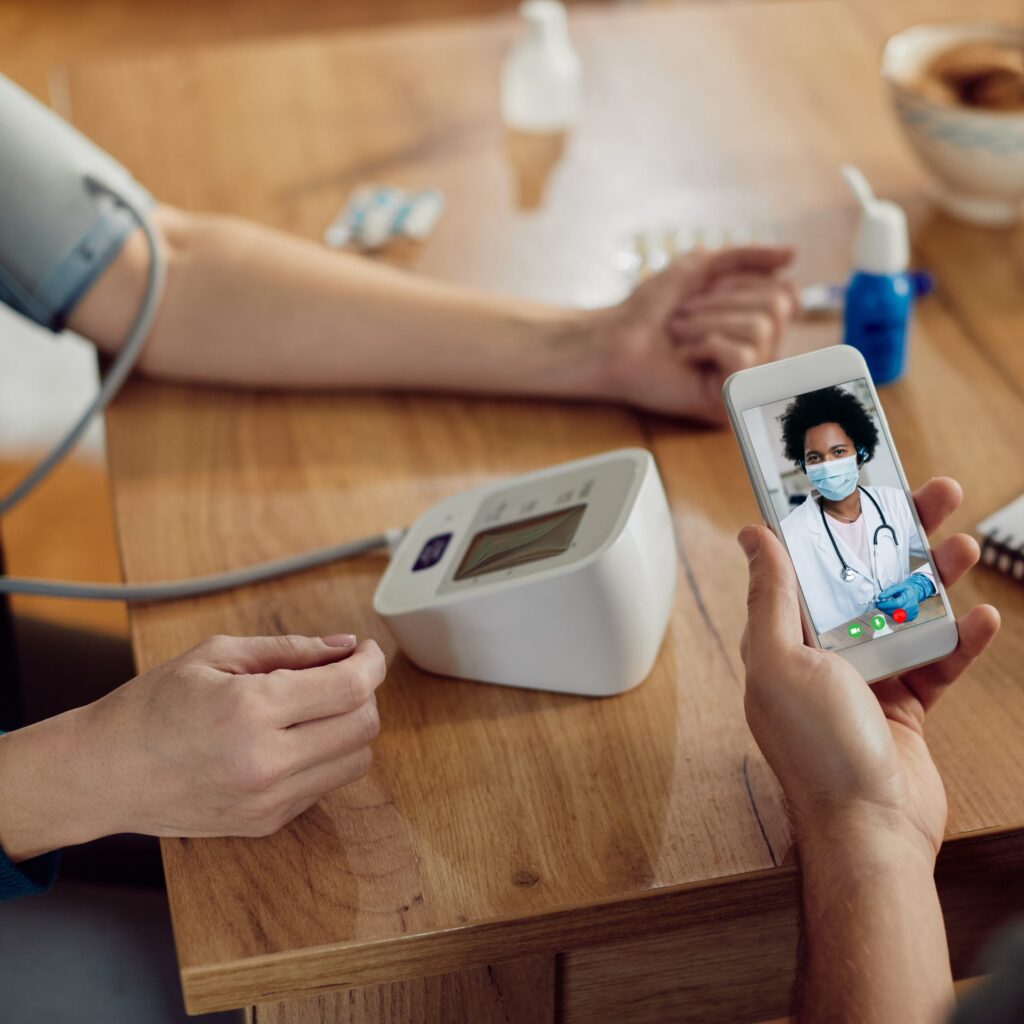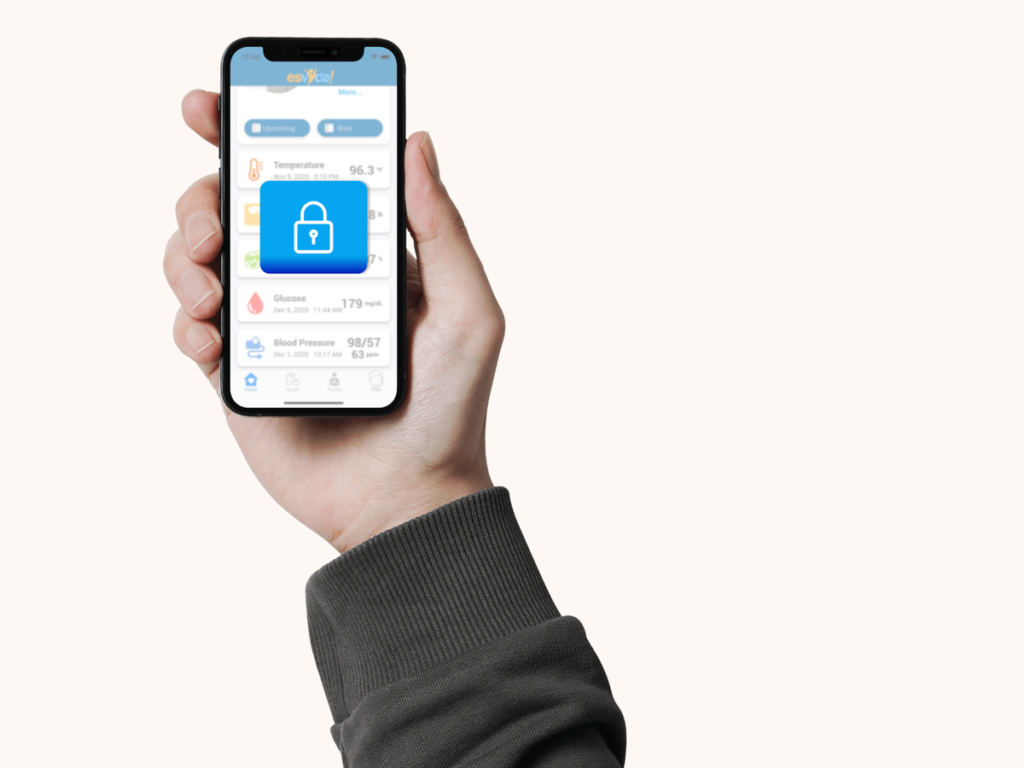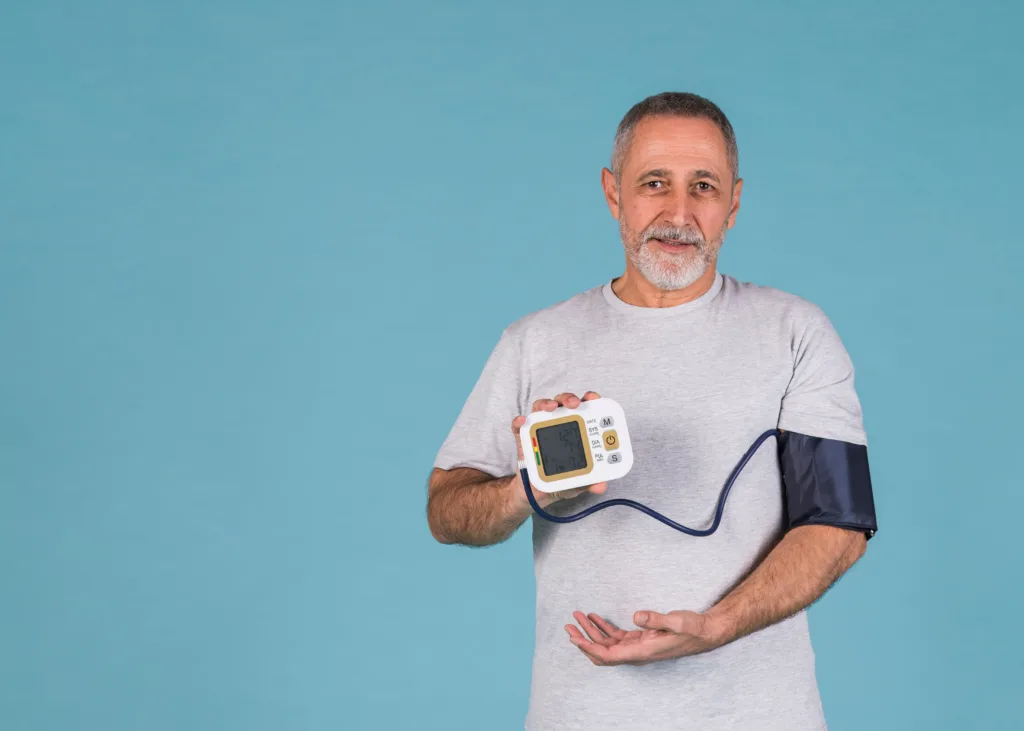Patient data protection and cybersecurity, have become critical concerns for healthcare providers and patients. Moreover, with the increasing demand for telehealth services accelerated by the Covid19.
Telehealth, or the provision of healthcare services remotely using electronic means, has become increasingly popular in recent years. Offering patients medical care within their homes and especially to those with limited mobility or living in remote areas.
To keep up with the patients’ needs for remote assistance, healthcare providers must take actions to protect their patients’ information. By ensuring and promoting the privacy and security of telehealth communications while providing complete care for patients and their communities.

How to guarantee patient data protection while using Telehealth?
One of the most important steps to ensure cybersecurity while using telehealth is to use a secure communication platform. The platform should use end-to-end encryption to secure the shared information and prevent unauthorized third parties from intercepting it.
Also, the platform should comply with healthcare regulations such as HIPAA, which require that healthcare providers protect patient information.
Healthcare providers should also educate their staff and patients about the risks of cyber threats and how to prevent them. Staff members can be trained to recognize potential security threats in the patients’ data such as phishing emails or suspicious downloads.

Patients and their families are also an active part of the prevention program. Providers or health staff can inform them about the risks of cyber threats and how to protect their personal information. For example, during a consultation, the patient can be advised to use strong passwords and avoid sharing sensitive information over unsecured networks.
Protect patients' data by adding more layers of security.
Another important step is to use multi-factor authentication. Multi-factor-authentication requires several forms of identification before accessing a system, making it more difficult for hackers to gain unauthorized access. To protect telehealth systems from cyber threats, healthcare providers should also implement strong security protocols such as firewalls and antivirus software. Antivirus software detects and removes malware while firewalls prevent unauthorized access to networks.
Finally, healthcare providers might have a plan in place in case of a security breach. The plan should include steps to contain the breach, notify patients and regulatory authorities, and mitigate any damage that may have occurred.
In conclusion, cybersecurity is a critical concern for healthcare providers and patients using telehealth services. Healthcare providers must take the necessary steps to protect their patients’ data and maintain the privacy and security of telehealth communications. Including the usage of a secure communication platform, educating staff and patients about cyber threats, implementing multi-factor authentication, strong security protocols, and having a plan in place in case of a security breach.
By taking these steps, healthcare providers can ensure that telehealth services are safe and secure for their patients.



